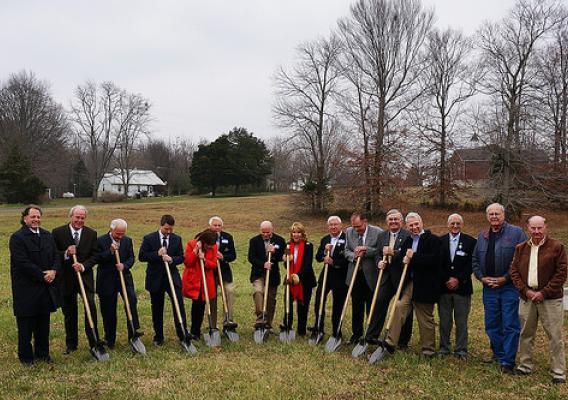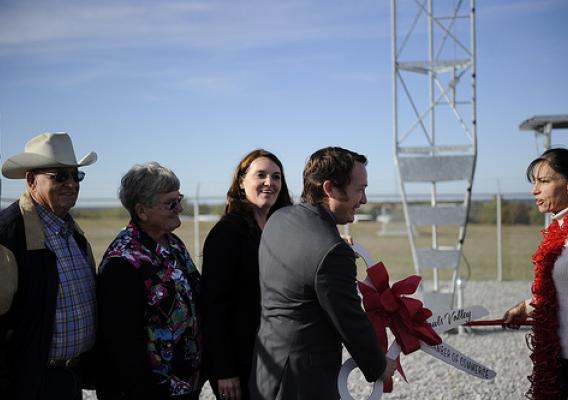West Virginia and Appalachian Ohio have a lot in common beyond their shared state border. With a strong agricultural heritage, these vast rural areas are known for their forest and timber industries, and they are integrating food systems into local economic development.
Earlier this month, I joined Appalachian Regional Commission (ARC) Co-Chair Earl Gohl and Ohio’s State Rural Development Director Tony Logan to take a look at local food in the Buckeye state. My colleague, Deputy Under Secretary for Marketing and Regulatory Programs Joani Walsh, recently made a similar trip to West Virginia. Organized by ARC, the visits were an opportunity to discuss how local food is diversifying the economy, developing a more competitive workforce and generating opportunities within regions like Appalachia. “Through our work on the Know Your Farmer, Know Your Food Initiative, we know that there are lots of ways that local foods are providing economic opportunities in rural communities,” said Walsh. “These visits with ARC gave us a clearer picture of how that is happening in Appalachia.”






